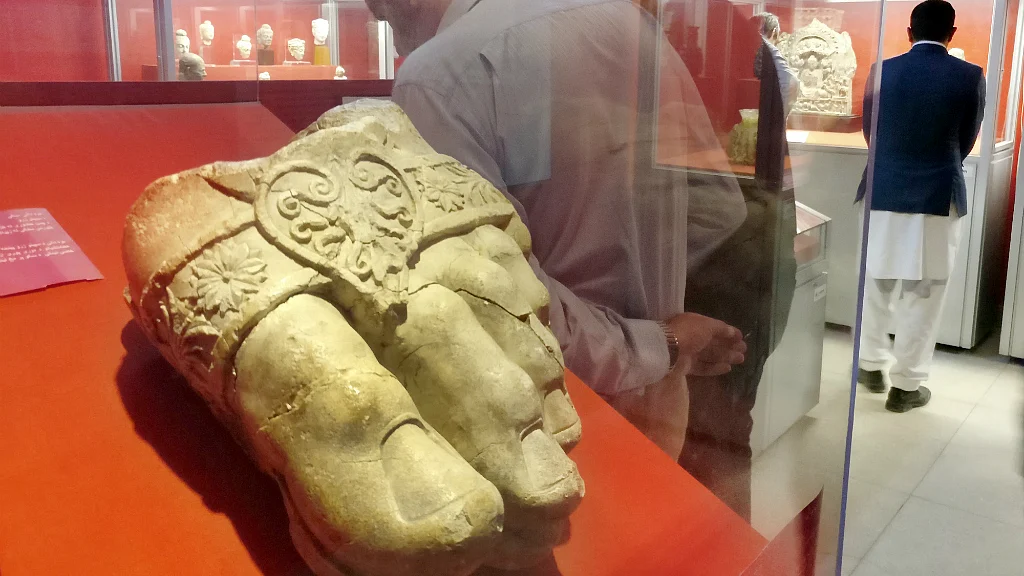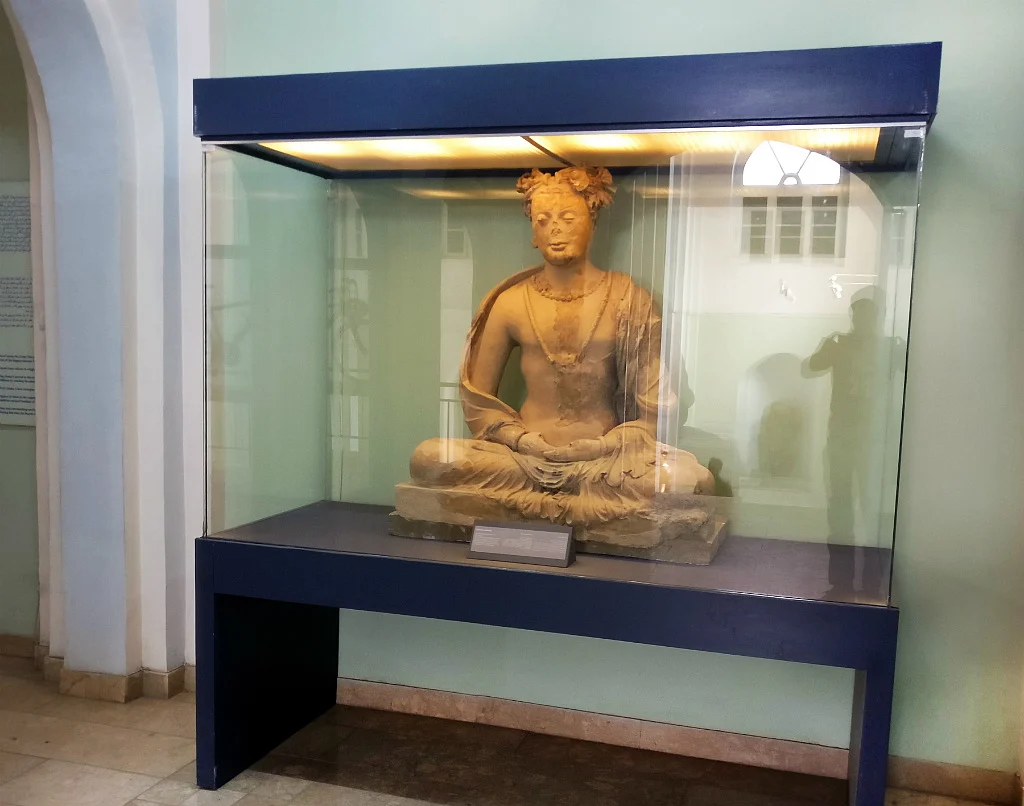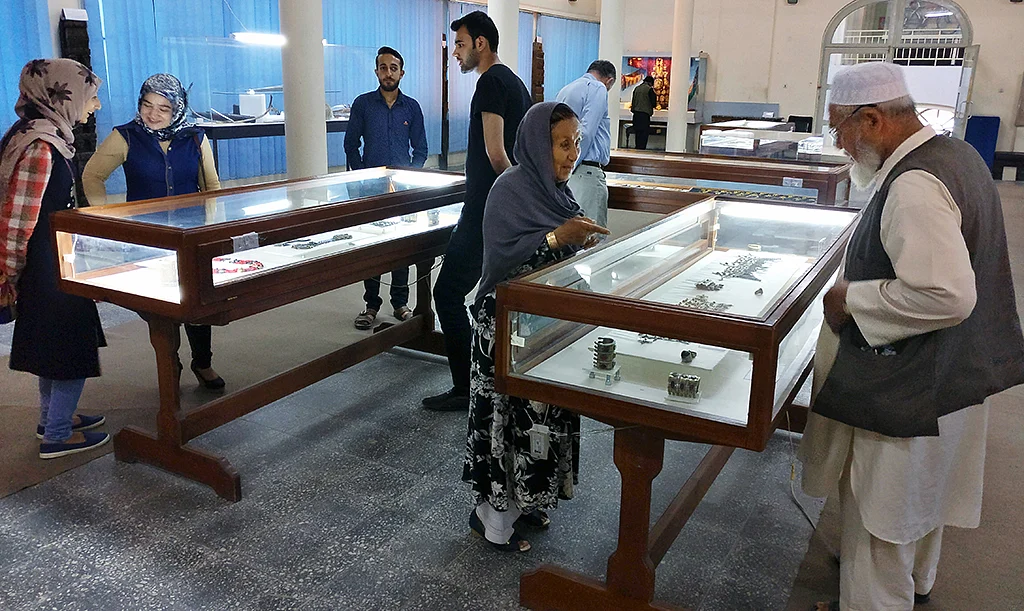Kabul Museum: Reminder of the grim and the glorious
In a country that has seen its pre-Islamic culture and history being destroyed by the Taliban, Kabul Museum endeavours to undo the damages of the recent past

The world and ordinary Afghans watched helplessly when the Taliban, in 2001, dynamited and destroyed the Bamiyan Buddha statues dating back to the 6th Century AD. Throughout the Afghan Civil War and specifically during their rule in Afghanistan, the Taliban worked to erase the antiquities and proofs of pre-Islamic culture and history.
Attempts are now being made to re-establish its links with its past and the National Museum of Afghanistan, more commonly known as the Kabul Museum, in the strife-torn capital come as a pleasant surprise.
A picture of the bombed museum building in shambles hangs on a wall inside the museum—a grim reminder of those horrid days when at least 70 per cent of the antique pieces were damaged, stolen or smuggled out. However, a little walk inside convinces you that things are changing.
In fact, what a visitor would see at the very entrance of the museum is a replica of one of the Buddha statues damaged in Bamiyan, donated by Afghanistan Museum in Exile in Switzerland.
Resilience and the new challenges
Built during the reign of King Amanullah Khan in 1919, the museum now is a storehouse of art and archaeological specimens from all over Central Asia. It has an impressive assortment of artefacts that tell the story of the country’s diverse history and heritage, dating back to the Stone Age and the pre-Islamic period when Buddhism was the most practised faith in the country.

Incidentally, before the beginning of the Civil War, some brave curators, with the help of ministers of the then government, hid valuable objects in a safe under the presidential palace. The vaults were re-opened in 2004 by then President Hamid Karzai. Thereafter, some committed art lovers and archaeologists started restoring the cultural heritage of the country piece by piece.
The museum is now facing a new challenge. “We increasingly feel that the museum is running out of space now. The collection is growing with several countries returning precious artefacts smuggled out when Afghanistan was in turmoil,” say officials.
“Since 2002, about 30,000 antique items have been returned by different countries with help from several international cultural institutions, UNESCO, Interpol and others. Over 7,000 valuable relics have been returned by Japan, Britain and Germany in the past 10 years,” a museum official says, before adding, “We’ve also successfully restored over 400 objects damaged by Taliban.”
The exhibits in the museum—which is surrounded by a landscaped garden—also include 18th and 19th Century wooden statues of Kati Kafirs from Nurstan, previously called Kafiristan, besides armours and guns manufactured by the Herat Military Factory in the 19th Century.

A massive black granite vessel—which weighs about 400 kg—holds its pride of place in the entrance hall of the museum. It has a diameter of about 128 cm, height of 69 cm, thickness of 8 cm at its rim and a depth from the interior that measures around 69 cm. Its exterior has Islamic inscriptions in Arabic calligraphy. Interestingly, in India, many argue that the giant bowl, with a lotus flower chiselled around its base, is the ‘bheekshapatra’ used by Buddha.
Colourful women’s outfits from the Hazara community, made of velvet, golden metal threads and embellished with jewels, besides shoes made of leather and golden metal threads that date back to the 19th century have also been put on display.
Some samples of Seventh and Eighth century Bamiyan mural paintings from inside the caves in the Bamiyan Valley—which were detached and sold to antiquity dealers around the world—have also been exhibited. Among other exhibits, several archaeological finds from the Kushan era such as copper coins and glazed ceramic pots from early Islamic period have been displayed prominently.
When the museum reopened, over 200 people used to visit it on a daily basis. But the footfall, according to curators, has now gone down. “There is a strong need for reviving the waning culture of museum visits in Afghanistan,” says Parwaiz Amiri, a visitor at the museum. “Unfortunately, not many people in this country are aware of the history and heritage of their country.”
Now, that seems like a bigger challenge and perhaps could be the antidote to the fanatic ideology that the country is fighting tooth and nail.
Follow us on: Facebook, Twitter, Google News, Instagram
Join our official telegram channel (@nationalherald) and stay updated with the latest headlines
Published: 02 Jul 2017, 12:13 PM